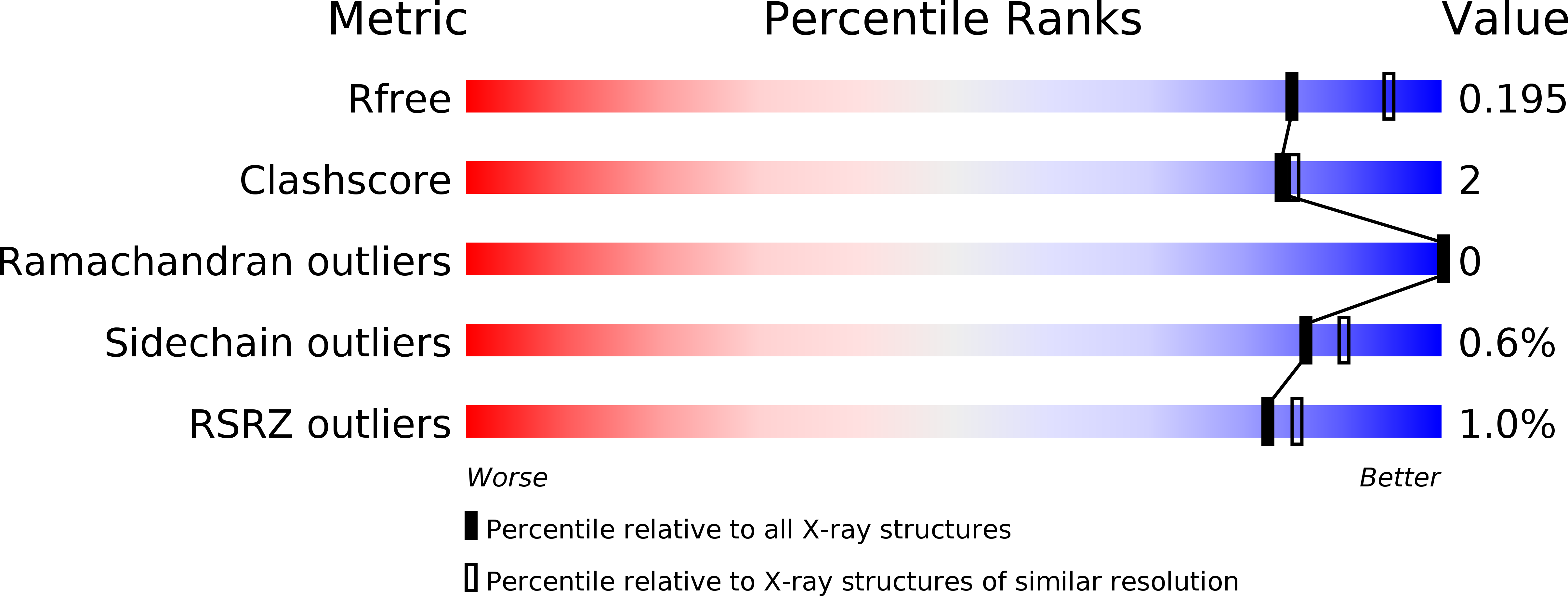
Deposition Date
2016-07-29
Release Date
2016-09-14
Last Version Date
2023-10-04
Entry Detail
PDB ID:
5L1V
Keywords:
Title:
X-ray Structure of M81C mutant of Cytochrome P450 PntM with pentalenolactone F
Biological Source:
Source Organism:
Streptomyces arenae (Taxon ID: 29301)
Host Organism:
Method Details:
Experimental Method:
Resolution:
2.12 Å
R-Value Free:
0.19
R-Value Work:
0.16
R-Value Observed:
0.16
Space Group:
P 21 21 2


